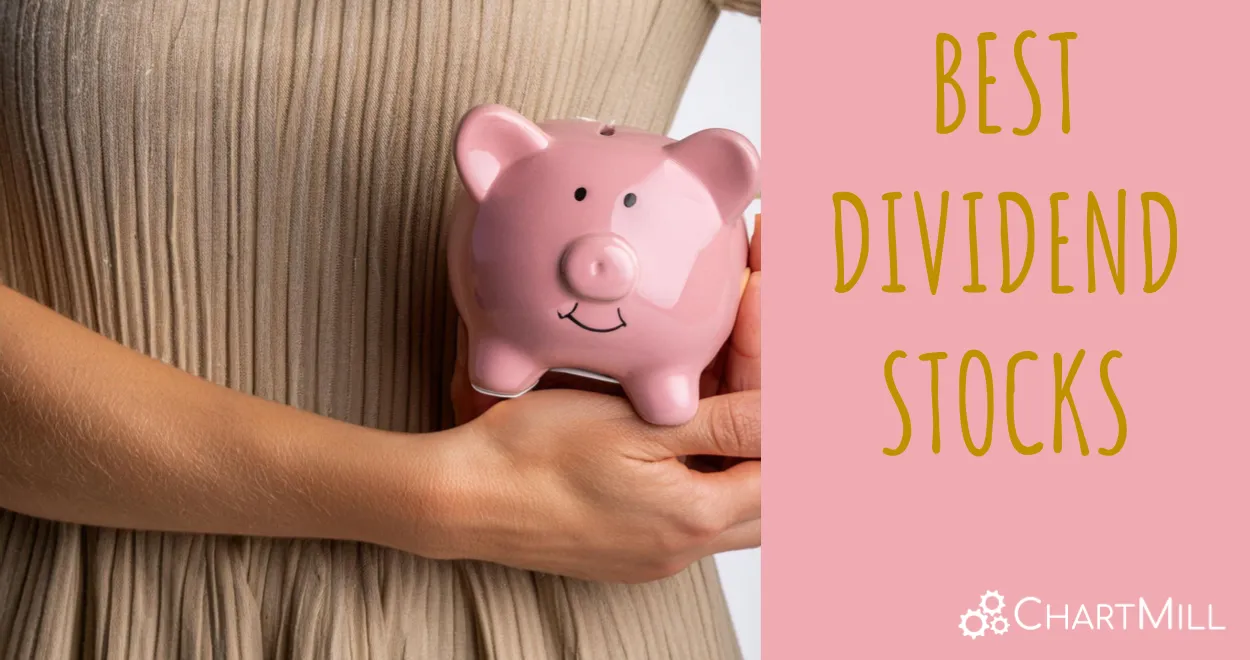Exploring NYSE:SQM's dividend characteristics.
By Mill Chart
Last update: Nov 24, 2023
Our stock screener has spotted QUIMICA Y MINERA CHIL-SP ADR (NYSE:SQM) as a good dividend stock with solid fundamentals. NYSE:SQM shows decent health and profitability. At the same time it gives a good and sustainable dividend. We'll dive into each aspect below.
Unpacking NYSE:SQM's Dividend Rating
To gauge a stock's dividend quality, ChartMill utilizes a Dividend Rating ranging from 0 to 10. This comprehensive assessment considers various dividend aspects, including yield, history, growth, and sustainability. NYSE:SQM has achieved a 7 out of 10:
- SQM has a Yearly Dividend Yield of 10.90%, which is a nice return.
- Compared to an average industry Dividend Yield of 2.32, SQM pays a better dividend. On top of this SQM pays more dividend than 100.00% of the companies listed in the same industry.
- SQM's Dividend Yield is rather good when compared to the S&P500 average which is at 2.65.
- The dividend of SQM is nicely growing with an annual growth rate of 98.58%!
- SQM has paid a dividend for at least 10 years, which is a reliable track record.
Health Assessment of NYSE:SQM
ChartMill assigns a Health Rating to every stock. This score ranges from 0 to 10 and evaluates the different health aspects like liquidity and solvency, both absolutely, but also relative to the industry peers. NYSE:SQM scores a 8 out of 10:
- SQM has an Altman-Z score of 5.05. This indicates that SQM is financially healthy and has little risk of bankruptcy at the moment.
- SQM has a Altman-Z score of 5.05. This is amongst the best in the industry. SQM outperforms 83.72% of its industry peers.
- SQM has a debt to FCF ratio of 2.06. This is a good value and a sign of high solvency as SQM would need 2.06 years to pay back of all of its debts.
- SQM's Debt to FCF ratio of 2.06 is amongst the best of the industry. SQM outperforms 88.37% of its industry peers.
- SQM has a Debt/Equity ratio of 0.45. This is a healthy value indicating a solid balance between debt and equity.
- Even though the debt/equity ratio score it not favorable for SQM, it has very limited outstanding debt, so we won't put too much weight on the DE evaluation.
- A Current Ratio of 2.48 indicates that SQM has no problem at all paying its short term obligations.
- With a decent Quick ratio value of 1.81, SQM is doing good in the industry, outperforming 65.12% of the companies in the same industry.
Analyzing Profitability Metrics
ChartMill's Profitability Rating offers a unique perspective on stock analysis, providing scores from 0 to 10. These ratings consider a wide range of profitability metrics and margins, both in comparison to industry peers and on their own merits. For NYSE:SQM, the assigned 10 is a significant indicator of profitability:
- With an excellent Return On Assets value of 34.56%, SQM belongs to the best of the industry, outperforming 100.00% of the companies in the same industry.
- Looking at the Return On Equity, with a value of 71.10%, SQM belongs to the top of the industry, outperforming 100.00% of the companies in the same industry.
- With an excellent Return On Invested Capital value of 46.56%, SQM belongs to the best of the industry, outperforming 100.00% of the companies in the same industry.
- Measured over the past 3 years, the Average Return On Invested Capital for SQM is significantly above the industry average of 10.95%.
- The 3 year average ROIC (22.85%) for SQM is below the current ROIC(46.56%), indicating increased profibility in the last year.
- SQM has a Profit Margin of 35.24%. This is amongst the best in the industry. SQM outperforms 98.84% of its industry peers.
- SQM's Profit Margin has improved in the last couple of years.
- Looking at the Operating Margin, with a value of 49.99%, SQM belongs to the top of the industry, outperforming 100.00% of the companies in the same industry.
- In the last couple of years the Operating Margin of SQM has grown nicely.
- SQM has a better Gross Margin (51.46%) than 98.84% of its industry peers.
- SQM's Gross Margin has improved in the last couple of years.
More Best Dividend stocks can be found in our Best Dividend screener.
For an up to date full fundamental analysis you can check the fundamental report of SQM
Keep in mind
This article should in no way be interpreted as advice in any way. The article is based on the observed metrics at the time of writing, but you should always make your own analysis and trade or invest at your own responsibility.



